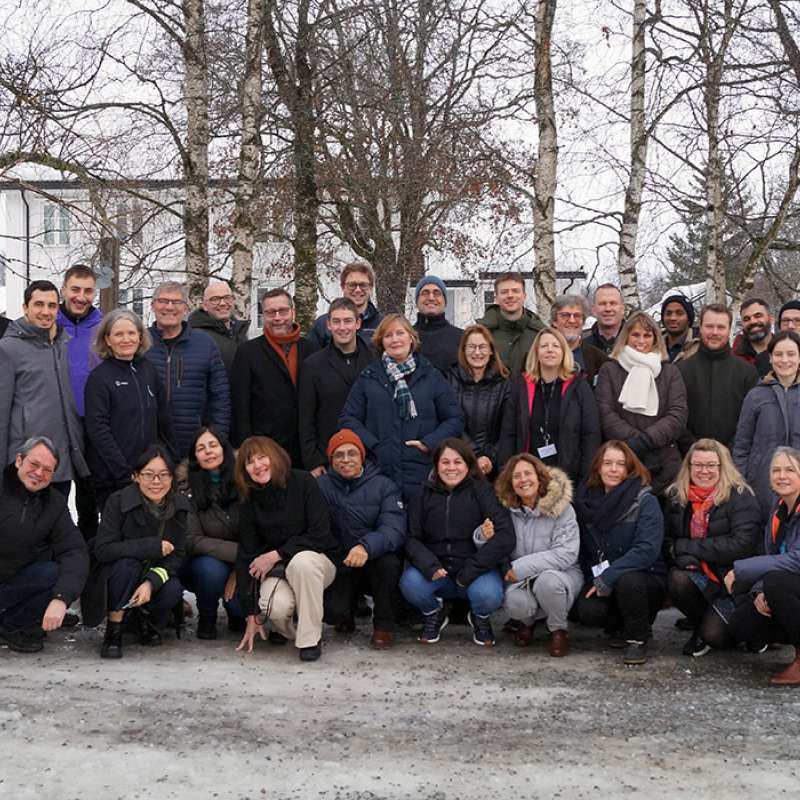Volkmar Timmermann
Forsker
(+47) 971 59 901
volkmar.timmermann@nibio.no
Sted
Ås - Bygg H8
Besøksadresse
Høgskoleveien 8, 1433 Ås
Til dokument
Forfattere
Volkmar Timmermann Paul Eric Aspholm Isabella Børja Nicholas Clarke Carl Frisk Jostein Gohli Jane Uhd Jepsen Paal Krokene Nina Elisabeth Nagy Christo Nikolov Jørn-Frode Nordbakken Joyce Machado Nunes Romeiro Sverre Solberg Halvor Solheim Arvid Svensson Jozef Vakula Ole Petter L. Vindstad Bjørn Økland Wenche AasSammendrag
Source at <a href=https://www.nibio.no/>https://www.nibio.no/</a>.
Sammendrag
Det er ikke registrert sammendrag
Til dokument
Forfattere
Mark A. Anthony Leho Tedersoo Bruno De Vos Luc Croisé Henning Meesenburg Markus Wagner Henning Andreae Frank Jacob Paweł Lech Anna Kowalska Martin Greve Genoveva Popova Beat Frey Arthur Gessler Marcus Schaub Marco Ferretti Peter Waldner Vicent Calatayud Roberto Canullo Giancarlo Papitto Aleksander Marinšek Morten Ingerslev Lars Vesterdal Pasi Rautio Helge Meissner Volkmar Timmermann Mike Dettwiler Nadine Eickenscheidt Andreas Schmitz Nina Van Tiel Thomas W. Crowther Colin AverillSammendrag
Det er ikke registrert sammendrag

